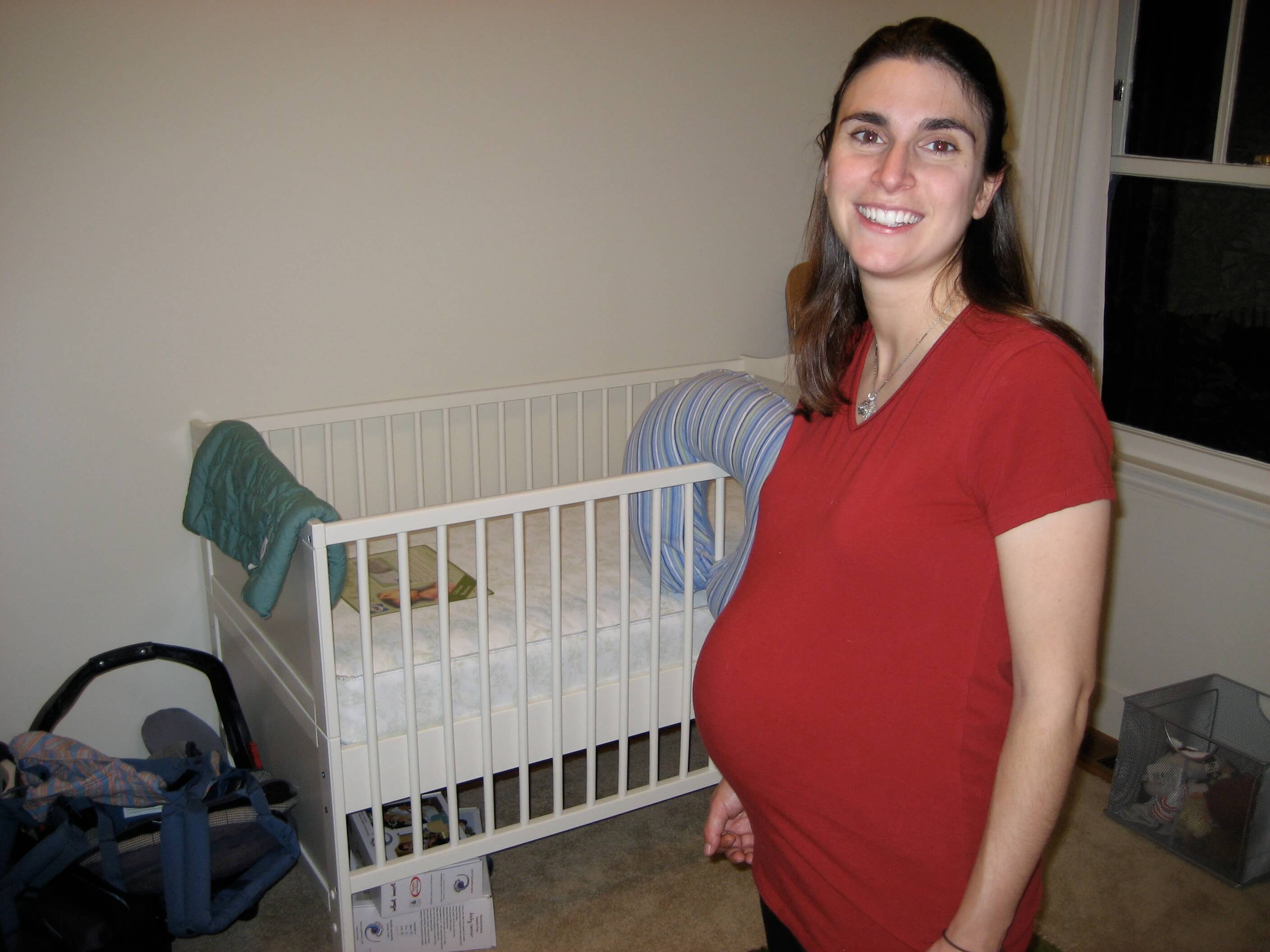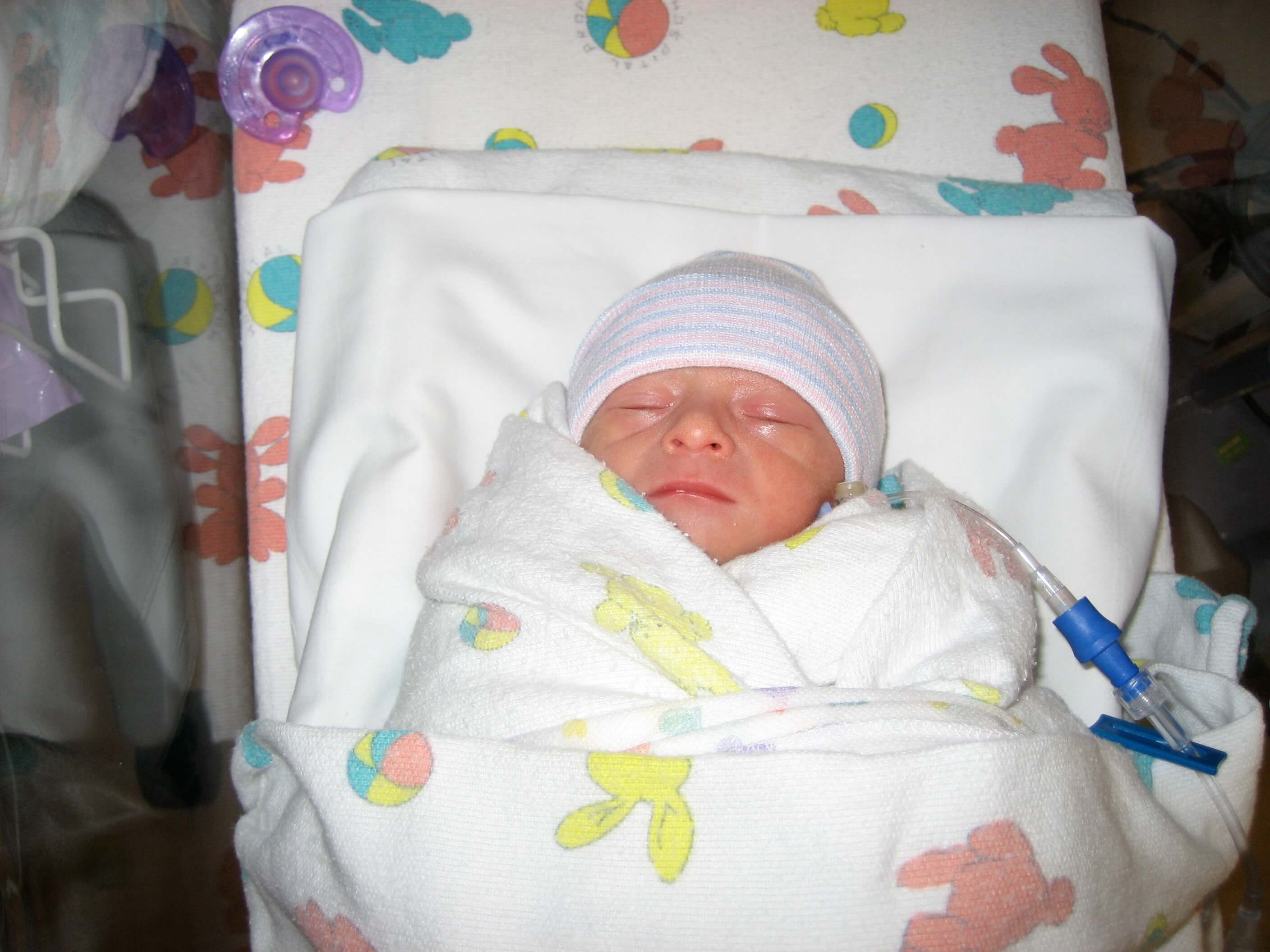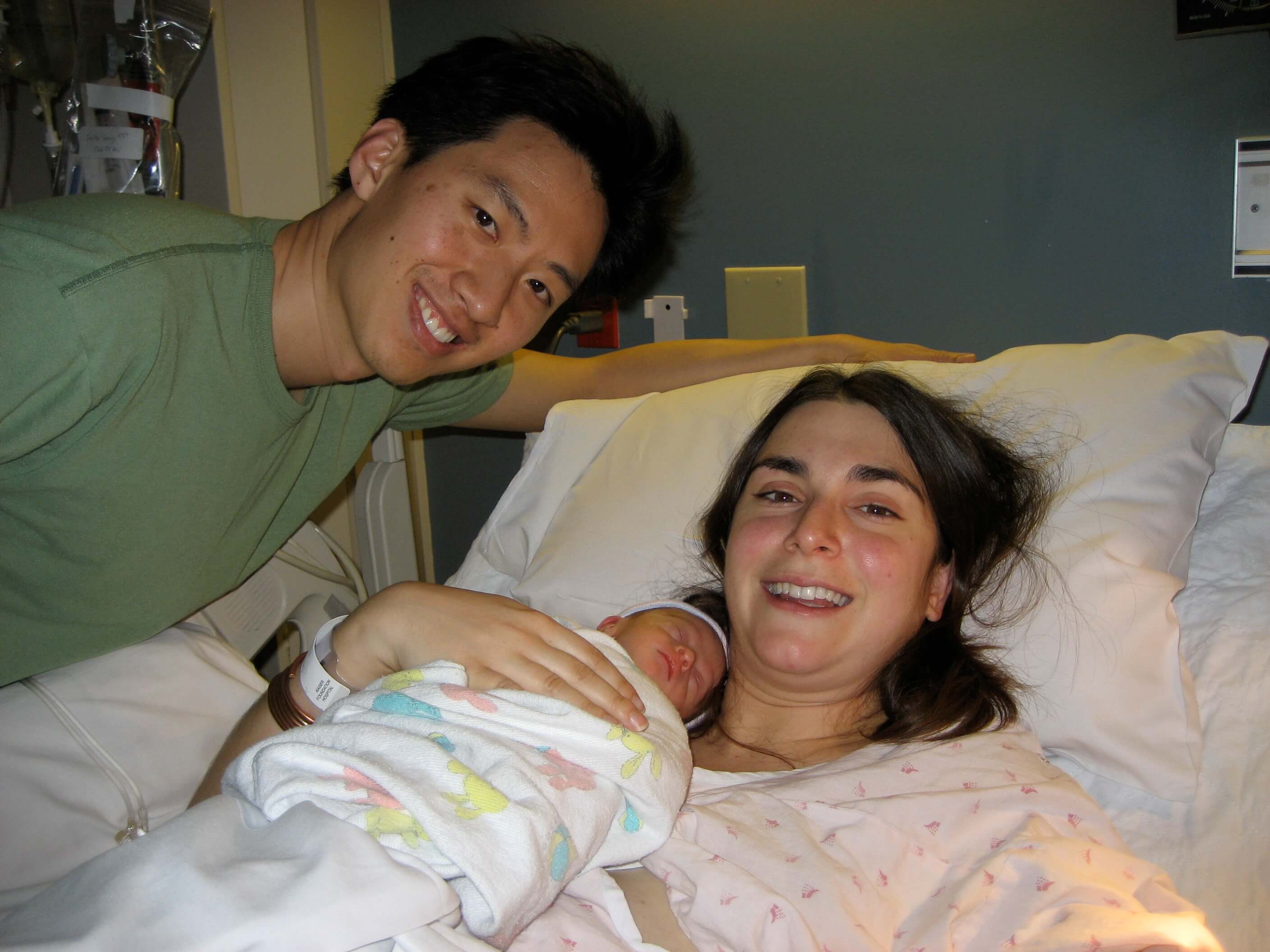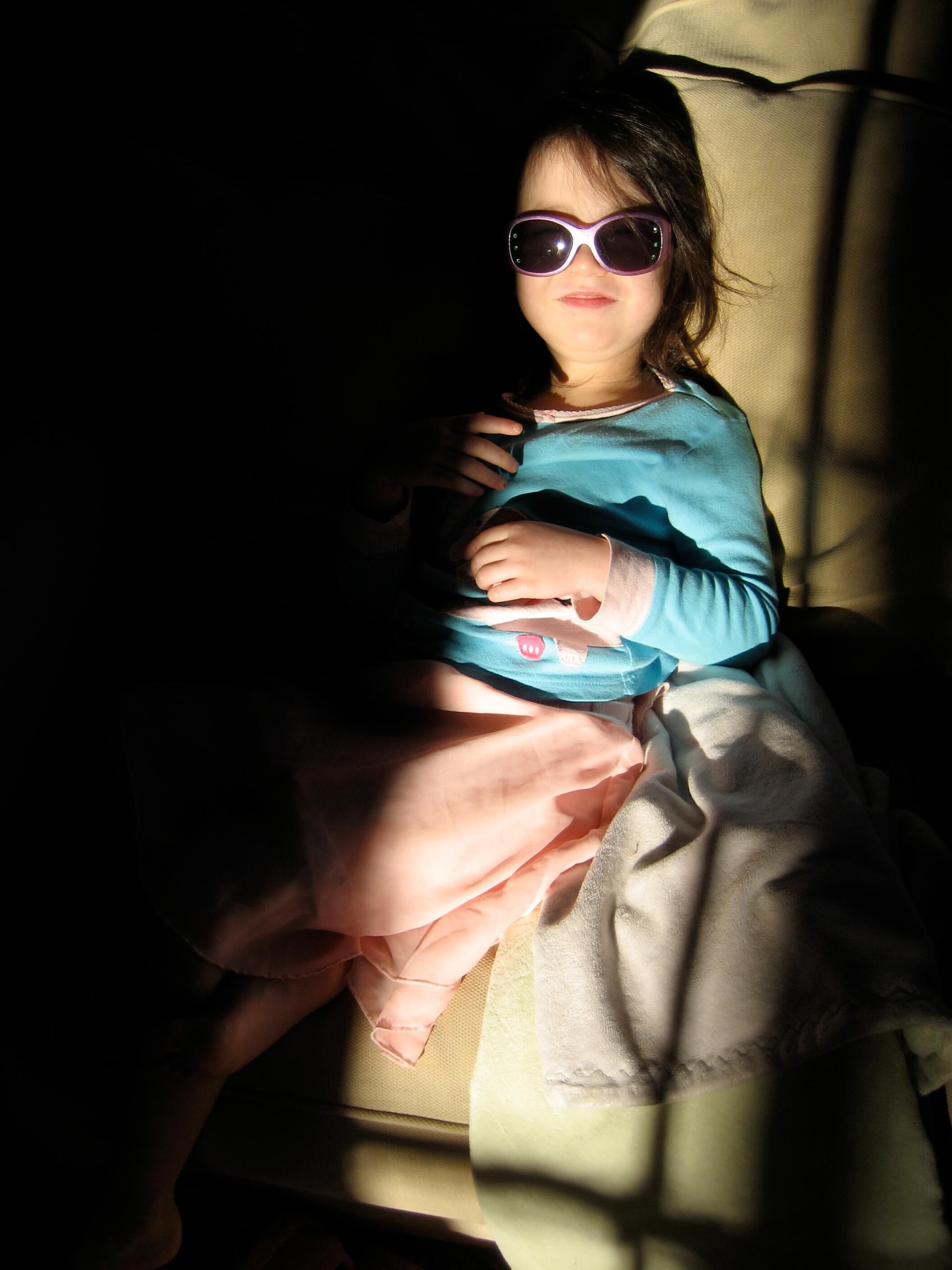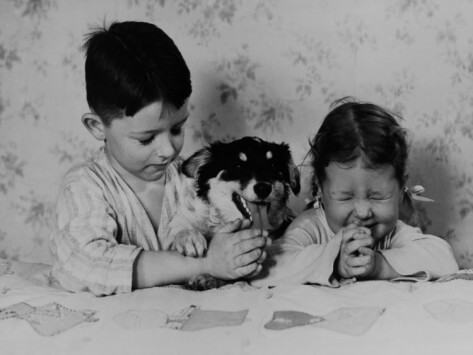Editor’s Note: This article by OTW contributor, Adrienne Sandvos, was originally published in February by Darling Magazine. In this article, Adrienne discusses the ways in which culture defines ‘beauty’ for us.
 I remember the first time I saw Mary Shore. She was one of those people that carry a presence with them wherever they go. She had a wonderful rugged, natural beauty about her that I loved; looking at her, you knew something about her life. She had dark textured skin that told of days in the sun, and eyes that were framed by sweet trailing lines–the handiwork of years of smiling. Her hair was long and dark with greying strands (a tribute to her age), and she had a strong yet delicate stature. Her figure said that she was a mom, but her physique spoke of an adventurous, active spirit. I didn’t meet Mary until only a couple of years before her precious life was lost in a car accident. But these are things I will never forget about her. She taught me something about beauty.
I remember the first time I saw Mary Shore. She was one of those people that carry a presence with them wherever they go. She had a wonderful rugged, natural beauty about her that I loved; looking at her, you knew something about her life. She had dark textured skin that told of days in the sun, and eyes that were framed by sweet trailing lines–the handiwork of years of smiling. Her hair was long and dark with greying strands (a tribute to her age), and she had a strong yet delicate stature. Her figure said that she was a mom, but her physique spoke of an adventurous, active spirit. I didn’t meet Mary until only a couple of years before her precious life was lost in a car accident. But these are things I will never forget about her. She taught me something about beauty.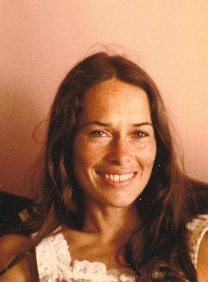
The truth is that our bodies often tell a story, but there are some truths we don’t want to actually se e. It goes without saying that any physical sign of aging is generally rejected in the media world, thus setting a standard of beauty that is inseparable from the appearance of youth. Attributes that may have once testified to life experience and wisdom are now worn like a scarlet letter. Wrinkles need wrinkle cream. Greying hair needs hair dye.
What is most interesting to me is how directly related many self “improvements” are to being pre-maternal. Post-baby breasts tell the story of the little ones you nursed in the dark hours of the night, and the stretch marks on your abdomen tell the tale of the nine months you carried that child inside of you. Yet when we see these things, we see something different: Imperfection that needs to be remedied. Deflated looking breasts need to be fuller and perkier. Sagging or scarred stomach skin needs to be tightened up. Flat rumps need a lift. No body part is exempt. We are willing to go to great lengths to maintain and manipulate our bodies in their natural form so that we can edit the insinuations our bodies make.
There is a natural cause and effect system in life that exists for everyone. When we go through a major life change, many times we wear it. In the same way, when we abuse our bodies, there can be visible consequences. Somewhere along the line we decided we wanted to try and rewrite that story, and we found a way to do it. We want to control the content of the message that others read when they look at us, along with our skewed interpretation we’ve developed when we look into the mirror.
I was recently talking with a friend about her future plans for her own cosmetic surgery to restore her once firm and slender tummy to its former glory. When I suggested that it might be motivated by her desire for others to see her as beautiful, she answered, “It’s not because I care what other people think. It’s because I think it’s ugly. I think it’s gross. I’m doing it for myself.” I could see that she was sincere and it made me begin to understand that it’s not as simple as insecurity and self-comparison. The more complex issue at hand is the conditional love we’ve placed upon ourselves. We can’t really love ourselves or embrace the stories our bodies tell unless they are telling the version of the truth that we are comfortable with. We have solidly converted to an unnatural and alien view of what beauty is. We want to create a fantasy-land of beauty where anyone can be anything. There is one major problem with that: It’s not reality! We are willing to put our bodies through the trauma of anesthesia, surgical lacerations, laser burns, narcotics, and painful recovery time so that we can comply.
As women, we have to love truth more than we love control if we are ever going to be able to love ourselves and others unconditionally. We have to learn to be OK with what is instead of feeding the silent beast of self-hatred by trying to force what is not. If we don’t, the original story gets lost in the pile of revisions.
I don’t want to cast a blanket of judgment upon women who have had cosmetic surgery or use a beauty regimen. No doubt there are a myriad of reasons and motivations behind a woman’s decision to alter her body as well as infinite “grey areas” within its grandiose scope. Instead, I just honestly want to encourage us as women to seriously think about our opinions on these issues, as we should with any belief or conviction we hold. My hope is that our view on our own beautification is a thoughtful one. And more importantly, that we can fully accept ourselves not only for who we really are, but also for what story our physical appearance may tell those who look upon us. When we put the pen down and stop trying to rewrite the story, we may discover and enjoy a different kind of beauty altogether.
*Photo Credits: Mary Shore pictured as a young mother. Contributed by her son, Seth Shore.

